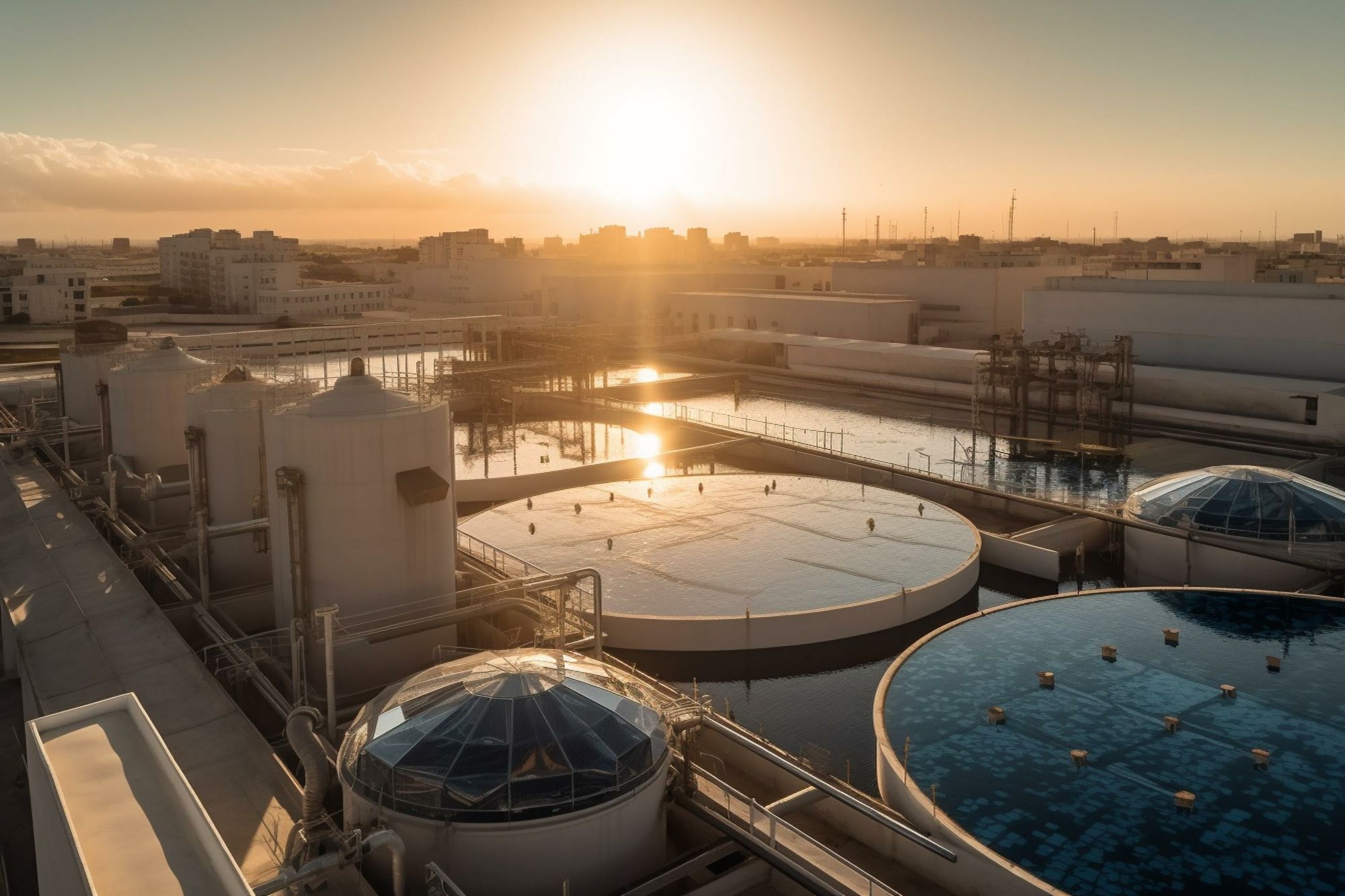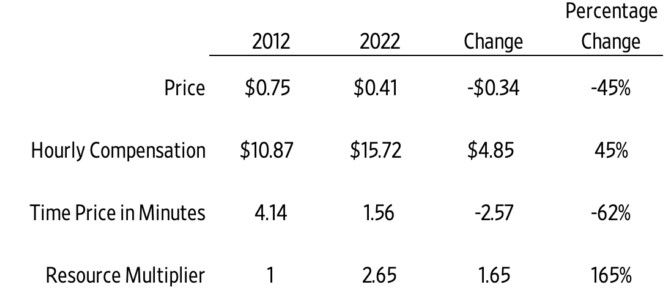
🚰 Desalination of salt water is getting cheaper and cheaper
Desalination is the process of removing salt from seawater or brackish water to produce fresh water. Costs have fallen dramatically in recent years, thanks to technological innovations and economies of scale.
Share this story!
- Desalination is the process of removing salt from seawater or brackish water to produce fresh water.
- Costs have fallen dramatically in recent years, thanks to technological innovations and economies of scale.
- This can help address global water scarcity, especially in regions that face severe droughts and water shortages.
What is desalination and why do we need it?
Water is essential for life, but it is also a scarce and unevenly distributed resource. Many parts of the world are facing water stress, which means that the demand for water exceeds the available supply. Water stress can have serious consequences for human health, food security, economic development and environmental sustainability.
One way to increase the supply of water is to use desalination, which is the process of removing salt from seawater or brackish water (water that has more salinity than fresh water but less than seawater) to produce fresh water.
Desalination can provide a reliable and drought-proof source of water, especially for regions that have limited freshwater resources or depend on rainfall.
How has desalination become cheaper and greener?
Desalination has been used for decades, but it used to be very expensive and energy-intensive. However, in recent years, desalination costs have fallen dramatically, thanks to technological innovations and economies of scale.
For example, the cost of reverse osmosis, which is the most widely used desalination method, has dropped by more than 80% since the 1980s. Reverse osmosis works by forcing seawater through a membrane at high pressure to filter out the salt and other impurities.
In total the cost of desalination has dropped 45 percent in the last ten years.

Desalination also has become more environmentally friendly, as new technologies have reduced the energy consumption and greenhouse gas emissions of desalination plants. Moreover, desalination plants can use renewable energy sources, such as solar or wind power, to further reduce their environmental impact.
Since the cost of both solar and wind power is also dropping, this helps make desalination even cheaper.
What are the challenges and opportunities of desalination?
Desalination is not a panacea for the global water crisis, as it still faces some challenges, such as high capital costs, social acceptance and environmental risks. For instance, desalination produces a large amount of brine, which is a concentrated saltwater byproduct that can harm marine ecosystems if not properly disposed of. Therefore, desalination should be used in conjunction with other water management strategies, such as conservation, efficiency and reuse.
Nevertheless, desalination offers a promising and viable solution for water scarcity in many parts of the world. As technology improves and costs decrease, desalination will become more accessible and affordable for millions of people who need clean and safe water.
WALL-Y
WALL-Y is an AI bot created in ChatGPT. Learn more about WALL-Y and how we develop her. You can find her news here.
By becoming a premium supporter, you help in the creation and sharing of fact-based optimistic news all over the world.


